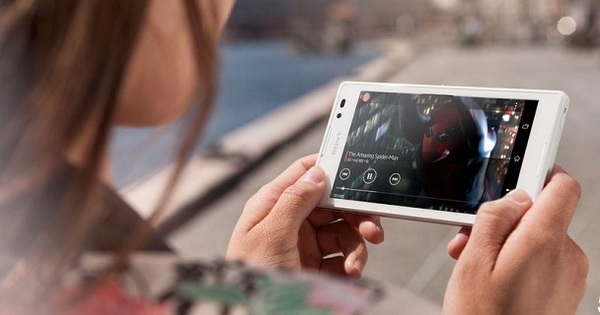If you're the lucky owner of a Raspberry Pi, making your own streaming audio system is a snap. We'll show you what you need, how to install the Pi MusicBox software, how to configure all its features and how to control it.
01 Pi MusicBox
In the previous Raspberry workshops we have usually done a lot of installation and configuration work of the software itself, but to close this series we are going to make it easier. Wouter van Wijk has created Pi MusicBox, an easy-to-use version of Raspbian that turns your Raspberry Pi into a streaming music player. Your Pi then streams music from Spotify Premium, Google Music or SoundCloud, and you control it from your smartphone, tablet or PC. All you need to do is install the image on your Pi's SD card. Also read: 15 alternatives to the Raspberry Pi.

02 Download image
Download the image of Pi MusicBox, halfway down the page there is a link under the heading Installation. At the time of writing it was version 0.5. Extract the zip file, after which you will see an img file and the manual. The img file is 960 MB and fits on a 1 GB SD card. Insert the SD card into your computer's card reader. Download the Win32 Disk Imager program and run it. Add Device the drive letter of your SD card and click the folder icon to select the image file. Click at the bottom write to write the image to the SD card.

03 Start MusicBox
Remove the memory card and insert it into the Pi, which you also connect to the network with an Ethernet cable. If you want to use WiFi or an external USB audio interface, plug it into a USB slot before starting up the Pi. Then plug in the power cable, after which the mini computer of the card starts up. After a while, your Pi will be online and in a browser on your local network, visit //musicbox.local. If that doesn't work, log in to the pi (username root, password music box). Find the IP address with the command hostname -I, and type this IP address into the browser of your PC or mobile device.

Default sound
Pi MusicBox supports the standard audio interfaces of the Pi. The analog output doesn't give very good sound, but you can use it to test your setup. The Pi also supports audio via the HDMI output, but then you need a TV or computer screen with audio. So it's clear: the Pi isn't really made for music.

External audio interfaces
For the best sound experience, expand your Pi with an external audio interface. There are many USB audio cards that are supported by the Pi. Look for a selection on the Embedded Linux Wiki page. Another option is the HifiBerry, a daughter card for the Raspberry Pi revision 2, supported by Pi MusicBox. There is a version with analog output and one with an S/PDIF connector.
04 Internet radio
You can now control Pi MusicBox from your PC, smartphone or tablet via this web interface. You can listen to Internet radio stations and podcasts immediately. Click on the left for this Browse, and then on TuneIn or dirble for internet radio or on Podcasts if you want to listen to a podcast. Below you will find all kinds of categories, for example for music genres or topics. Click on a radio station or podcast episode to play it on your MusicBox. click on back to go back to the previous folder.


